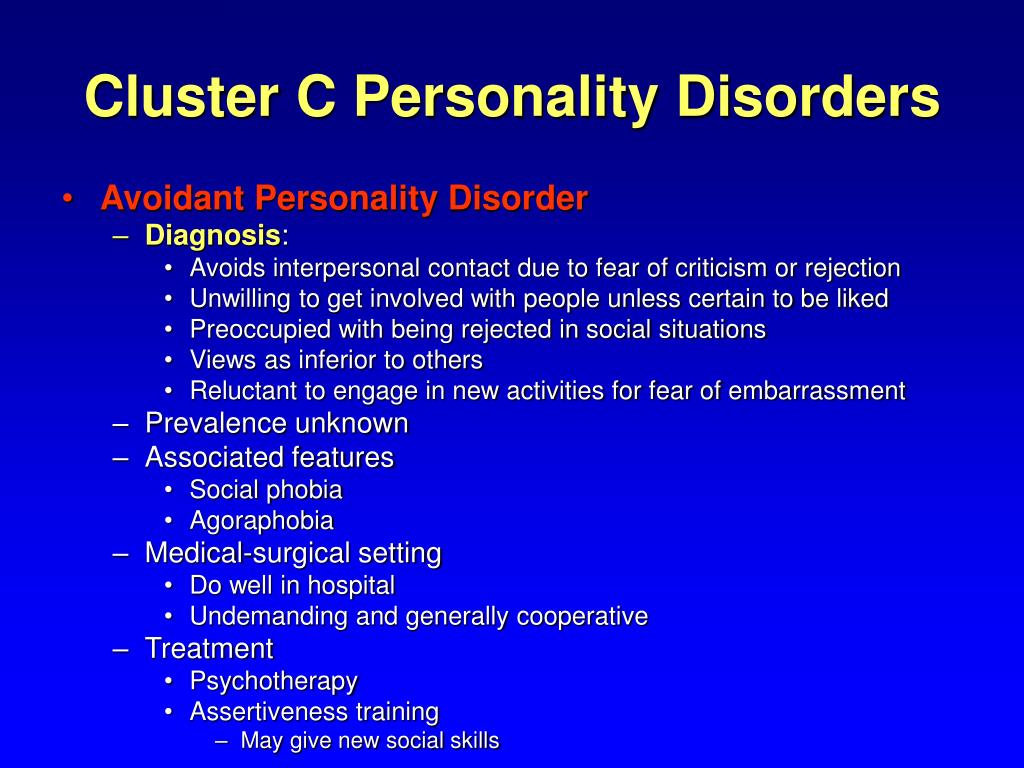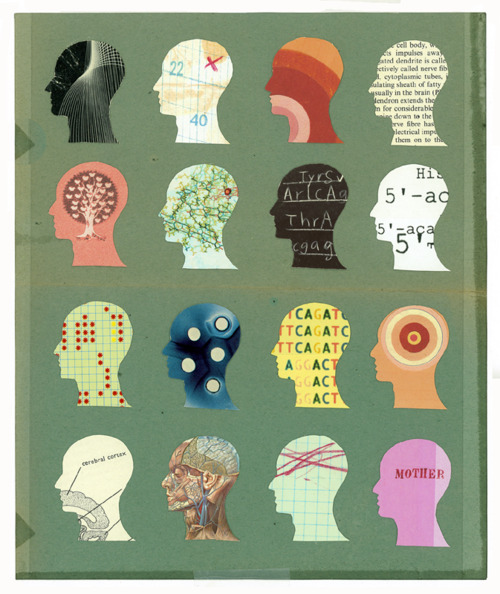
Borderline personality disorder are thought to result from the impact of trauma and neglect in early development on vulnerable individuals.

Enduring pattern is not better explained by another mental disorder.Pattern is stable and of long duration, and its onset can be traced back at least to adolescence or early adulthood.Enduring pattern leads to significant distress or impairment in social, occupational or other important areas of functioning.Enduring pattern is relatively inflexible and pervasive across a broad range of personal and social situations.Affectivity (range, intensity, lability and appropriateness of emotional response).Cognition (ways of perceiving and interpreting self, other people and events.

This pattern is manifested in 2 (or more) of the following areas An enduring pattern of inner experience and behavior that deviates markedly from the expectations of the individual’s culture.The essential features of a personality disorder are General criteria for personality disorder Self-harm/ self-injury: Refers to people deliberately hurting their bodies and is often done in secret without anyone else knowing. Past intervention strategies and capacity to engage History of suicidal and self-harming behaviours and feelingsĪvailable interpersonal support and responses elicited from carers/supports Excessive emotionally and unstable mood stages.Remember Persistence and pervasiveness is required in all the above criteria Narcissistic: self-important, needs admiration, lacks empathyĪntisocial: lacks empathy towards others.īorderline: impulsive, unstable relationship, splitting (love then hate), attentionseekingĪvoidant, Hypersensitive to criticism, socially uncomfortable, seeks out interpersonal relationships but with great discomfortĭependent: submissive,clinging, needs to be taken care of Histrionic: excessively emotional, attention-seeking Schizotypal: odd, eccentric, magical thinking, paranoid

Schizoid: loner, detached, flat affect, restricted emotions Cluster C "SAD" - group of disorders characterised by anxious or fearful behaviours.



 0 kommentar(er)
0 kommentar(er)
